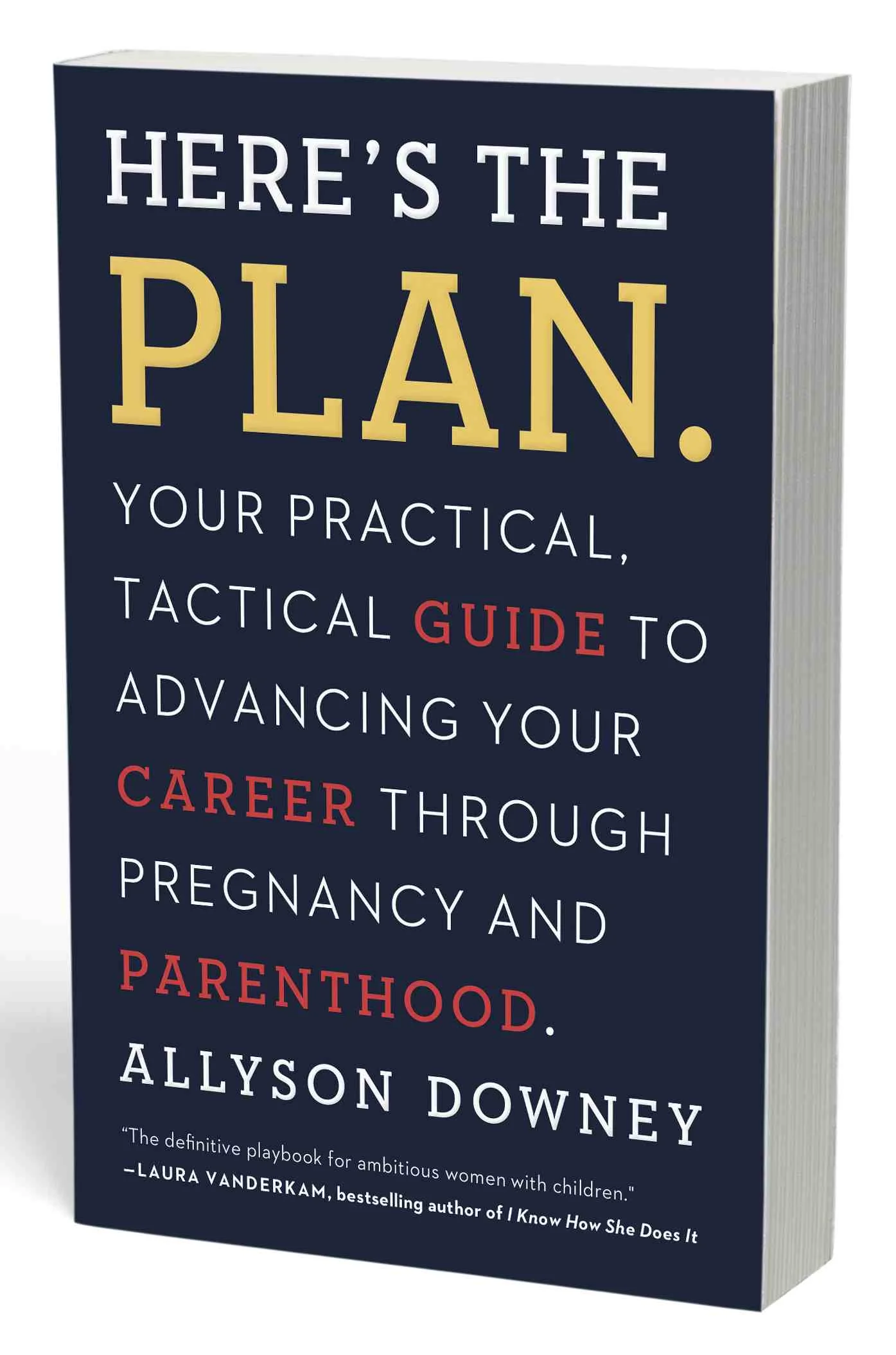Daycare Basics
“Daycare” can mean two things: a daycare center or an at-home facility. The names say it all: the key difference is whether it is a structured facility or someone’s home. Home daycares are often led by a stay-at-home parent who is caring for other children concurrently to help manage family costs. It’s also worth mentioning workplace daycares here, which fall under the banner of a “daycare center.” In many cases, they’re outstanding facilities – but that’s not universal. These centers are sometimes run by national chains, which can be a great or not-so-great thing; evaluate it with just as selective an eye as you would any other daycare center.
For some families, “daycare” isn’t even in their vernacular: their children goes to school, even as young as six weeks. Montessori programs sometimes will start that young, and they bring structure and a learning-oriented mindset even to the infant and toddler classrooms. (For the sake of simplicity, I’m going to use the word “daycare” to apply to all group childcare.) Parents have told me that they like having a child development professional with their baby, which can be hard to find with a nanny.
Parents with children in daycare are often effusive about the socialization and the dependability of daycare (though the latter is less true of at-home daycares; if the home daycare provider is sick, you may not have coverage that day). In a daycare, your child is interacting with other children all day, every day, which helps support social development and also eases the transitions into more structured school later, like pre-K and Kindergarten. That all-day socialization also takes the pressure of parents: “I worried less about arranging play dates in my off-hours, because my child had plenty of friend time already.”
Another way daycare reduces pressure on a family: you don’t have to worry that you’re wholly responsible for someone else’s livelihood. Several of the women I interviewed for this book voiced that concern about having a nanny, and it’s why they ultimately chose daycare. They found centers that were willing to be flexible about the number of hours the families were using each week, so they could scale down or up (with adequate notice), without it impacting someone’s ability to pay her rent or mortgage. “We are acutely aware that we are the sole source of income for our nanny's family,” one mother told me. “And as a single mother, our nanny is not always financially equipped for life's emergencies.” That is a heavy burden to carry.
With a regulated, licensed facility, there are checks-and-balances, with oversight of the staff and extra coverage that allows caregivers to take a break. A larger staff also means that no one person is going to be alone with your child.
Other women noted that they wanted to get their children out of the house for at least part of the day – and also wanted to maintain some privacy. Magdelena Reyes works at Stanford University, but her husband is a writer and works from home. “It would have been so awkward,” she told me. “The thought of having someone else in my house all day was just too much.” Maryhope Rutherford and her husband are both academics, and their toddler and new baby attended daycare a short walk from their house. “I loved it because there was at least the possibility that I would be able to be in my house alone.”
You’ll often hear from parents that their children get sick frequently in daycare; it makes a lot of sense, since they’re all in close proximity, put everything in their mouths, and have developing immune systems. Dr. Amy Glaser, a pediatrician in Brooklyn, told me that she tells parents of young children in daycare to expect one upper-respiratory infection per month in the winter. And when your child is sick, you can’t bring him or her to daycare, which is a huge disruption for families. Typically, daycares will specify that your child has to be fever-free (and vomit, diarrhea, and rash-free) for 24 hours before returning to school. A lawyer for Legal Aid told me, “It comes in waves, and it can cycle back through for a while. Last year, I feel like I hardly worked in January and December because everyone kept getting sick.”
Another potential drawback: there’s much less one-on-one attention. Different states have different regulations about the ratio of adults to children, but there will be often be four babies per adult. And if you have a colicky, fussy, or difficult baby who requires a lot of soothing and holding, you might worry. On the flipside, one mom explained, “It’s really important to me that my kids don’t feel like they’re the center of the world.” If a teacher can’t see to the baby’s needs immediately, they learn how to self-soothe and develop patience. (It’s important to note here that I’m referring to a few minute delay – not letting a child cry alone indefinitely.)
Parents also need to relinquish control when their child is attending daycare. While many struggle with that, some acknowledge that it was probably for the best, even if they didn’t feel it at the time. “I had anxiety and control issues about getting him to sleep and how much he was eating,” a social psychologist told me. “Day care forced me to let go. You have to let go, when your child is in day care. And it turns out, they do just fine.” And in a lot of cases, better than fine: one mom told me that daycare helped her clingy son become much more independent.

